Our excellent contributor and racquet nerd, Oak Gast, is back with an awaited Yonex Percept 100D Review. Is this the best racquet in the line?
Yonex Percept 100D Review
Yonex’s latest foray into the control market comes in the form of the newly established Percept line. The 100D is the only truly “new” racquet here, as the others come off the legacy of the Vcore Pro; a well-regarded precision line amongst “player’s” frames.
You can check out our reviews of the Yonex Percept 97, 97H and 100 by clicking the links and you can purchase the racquet from our friends at Tennis Warehouse.
Specifications
One thing that immediately distinguishes the 100D and the regular 100 from the rest of the Percept lineup is their comparatively higher stiffness. From a design perspective, pairing the 100” head size with a 66 stiffness rating allows for more power to offset the additional forgiveness the larger hoop offers.
| Head Size: 100 in / 645.16 cm | ||
| Length: 27in / 68.58cm | ||
| Strung Weight:11.3oz / 320g | ||
| Balance: 12.79in / 32.49cm / 6 pts HL | ||
| Swingweight: 318 | ||
| Stiffness: 66 | ||
| Beam Width: 23mm / 23mm / 23mm | ||
| Composition: NAMD-2G/H.M.Graphite | ||
| Power Level: Low-Medium | ||
| Stroke Style: Medium-Full | ||
| Swing Speed: Medium-Fast | ||
| Racquet Colors:Mint | ||
| Grip Type: Yonex Synthetic | ||
String Pattern:
|
The 100D starts to shimmer on paper when you see that Yonex chose to pair a niche string pattern with a fairly common static weight. The 18×19 pattern is somewhat rare these days, as the Prestige MP, TFight 305, and the SW102 are the only other market-available frames with this arrangement of strings.
Comparisons
As far as the weight is concerned, 305 grams unstrung seems to be a sweet spot for a lot of modern classics (Blade 98, Aero 98, Ezone 98, Whiteout, etc.). Here though the 100D takes a turn with its head size, as I can’t think of that many other 305-gram frames with a 100” hoop. Of the ones that do have this combination (Volkl V8 pro, Phantom 100P, Gravity Tour, and the Ki Q+ 5X Pro), none have that more elusive 18×19 pattern. However, all are going with denser 18×20 or 16×20 patterns overall. This seems to suggest that 305-gram frames, when paired with the 100” hoop, benefit from some additional stability and swing weight sourced via these denser string patterns. With said patterns, the power aspect of the 100” frames is lessened in favor of more directional input through having more strings contact the ball.
Denser patterns are typically understood to give us faster rebound rates, which usually leads to more precision and less shot depth. Higher degrees of control align with what the 18×19 is aspiring to do while simultaneously being slightly more spin-friendly than an 18×20. The 100D then distinguishes itself from the other current 18×19 frames by being the only option with a 100” head size. As such, it is more powerful than the Prestige or Tfight but more refined than the SW102. Where it really stands out, though, is the swing weight, down at sub-320 strung, compared to the other 18x19s, all at 330 plus strung for swing weight. This lower swing weight means that with the 100D, you get a frame that is more maneuverable compared to its pattern siblings, allowing for much faster racquet head speeds.
How does it play?
For testing purposes, I was fortunate enough through Tennis Warehouse to use a near-stock version of the frame strung with Polytour Pro in a 1.25 gauge.
Initially, I was very much thrown by the frame’s lower launch angle. I was expecting the frame to feel similar to the Tfight 305, but this was not at all the experience that I was continuing to get on court. As someone working with more spin-based modern mechanics, the 100D was initially extremely unforgiving and demanding. If you are someone who finds lots of success with flicking your wrist, then this frame may not be for you… The 100D practically forced me to move forward through my shots and to drive the ball flat. Attempting to spin the ball into the court proved detrimental both for the quality of the shot and my own comfort. I moved away from my one-handed ideations and let myself trust the two-hander on the backhand side, which felt incredibly stable as long as I timed my weight transfer properly. On the forehand, this need to move forward became even more apparent, as when I was countering shots of heavier pace, I was only then able to flick my forehand in. Otherwise, the frame required me to finish a couple of feet forward on nearly every shot, necessitating more engaged footwork.
After a few weeks with the frame, the heftier feel (thanks partly to the Isometric beam) combined with the sub 320 strung swing weight started to feel more harmonious. The forehand will probably never feel truly natural to me with the 100D, but it did change my play style a little bit during point play to be more aggressive, which is always a fun testing bonus.
Stroke by stroke
Serving with the 100D feels extremely rewarding if you enjoy laying down flat serves. As for more spin-based service motions, the 100D does not do you any favors, but it doesn’t really feel designed to. It is a frame that is true to its design theory, managing to stay mostly flat regardless of the shot. The precision on serving felt great, as seamless as other classic 100” frames for serving like the Pure Drive or the Ezone 100. I enjoyed the denser pattern’s impacts here, as the serve felt incredibly solid upon contact compared to some 16×19 100” frames.
Volleys with the 100D mainly felt natural, having both good control and easy stability. The frame actually excelled on high volleys and overheads, as the wide-body isometric shape allowed for some expanded hitting zones higher up. Lower volleys were sufficient enough due to the maneuverability of the frame, and the square beam shape should feel traditional enough for most players. The most discernible difference was a lower level of spin access than I’ve grown accustomed to, which changed the shot’s shape on many volleys. Again, this is not a knock on the frame but a testament to the adherence to its design vision.
Summary
I was initially torn on this frame, but I have grown to probably like it the most out of this new Percept lineup. The regular 97 is a close second, but the 100D is simply an outrageously fun frame to play with. Once you start driving through the ball with the frame it begins to really take off upon impact, allowing for heavy line drives from all angles. Any time I catch myself smiling on the court and have the racquet to thank for it, I pay attention.
You can check out our reviews of the Yonex Percept 97, 97H, and 100 by clicking the links and you can purchase the racquet from our friends at Tennis Warehouse or Tennis Only.
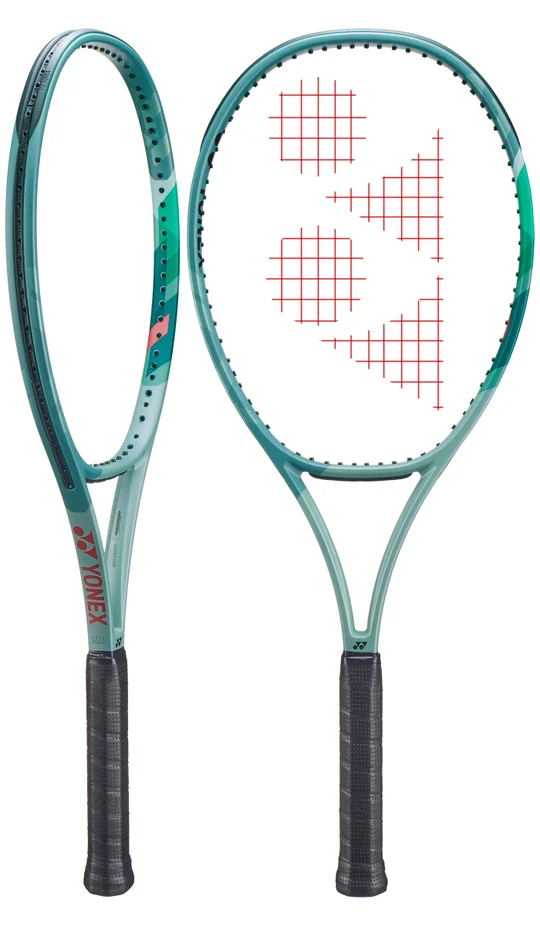
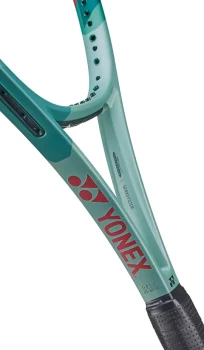
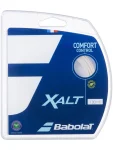


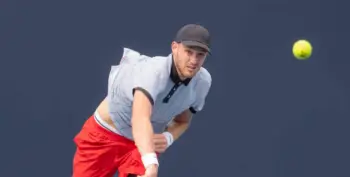
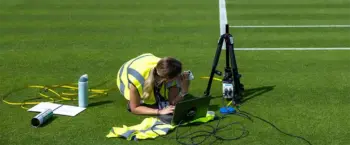

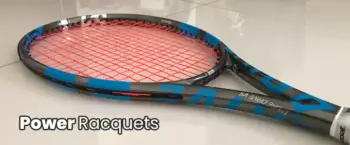








How was arm comfort?
No probs at all with comfort!
Solid frame,
Switched
Percept 100D strings setup recommend … thing played great when factory strings were fresh that didn’t last long as it lost all topspin performance way too soon and I have no idea what came in it but looked like multifil. Was wondering if you mind helping me with string set to try?? please
I like to attack and have good form for topspin
What a fantastic review for a racquet that has my interest. I’m of the old school brigade, where flat was in. I play a 2021 Gravity Tour and its a lovely stick too. But, I am intrigued for a sharper feel. I might even get a little more free power with this one.